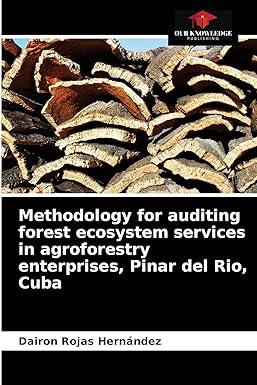Question
Lone Mountain Extraction, which mines ore in Idaho, uses a calendar year for both financial-reporting and tax purposes. The following selected costs were incurred in
| Lone Mountain Extraction, which mines ore in Idaho, uses a calendar year for both financial-reporting and tax purposes. The following selected costs were incurred in December, the low point of activity, when 1,950 tons of ore were extracted: |
| Straight-line depreciation | $ | 48,500 | |
| Charitable contributions* | 14,500 | ||
| Mining labor/fringe benefits | 448,500 | ||
| Royalties | 102,250 | ||
| Trucking and hauling | 437,370 | ||
|
| |||
| *Incurred only in December. |
| Peak activity of 3,250 tons occurred in June, resulting in mining labor/fringe benefit costs of $747,500, royalties of $134,750, and trucking and hauling outlays of $567,370. The trucking and hauling outlays exhibit the following behavior: |
| Less than 1,950 tons | $ | 372,370 | |
| From 1,9502,449 tons | 437,370 | ||
| From 2,4502,949 tons | 502,370 | ||
| From 2,9503,449 tons | 567,370 | ||
|
| |||
| Lone Mountain Extraction uses the high-low method to analyze costs. |
| Required: |
| 1. | Classify the five costs listed in terms of their behavior: variable, step-variable, committed fixed, discretionary fixed, step-fixed, or semivariable.
A. Straight line depreciation ? B. Charitable contributions ? C. Mining labor/Fringe ? D. Royalties ? E. Trucking and hauling ?
Calculate the total cost for next February when 2,250 tons are expected to be extracted
|
Step by Step Solution
There are 3 Steps involved in it
Step: 1

Get Instant Access to Expert-Tailored Solutions
See step-by-step solutions with expert insights and AI powered tools for academic success
Step: 2

Step: 3

Ace Your Homework with AI
Get the answers you need in no time with our AI-driven, step-by-step assistance
Get Started


